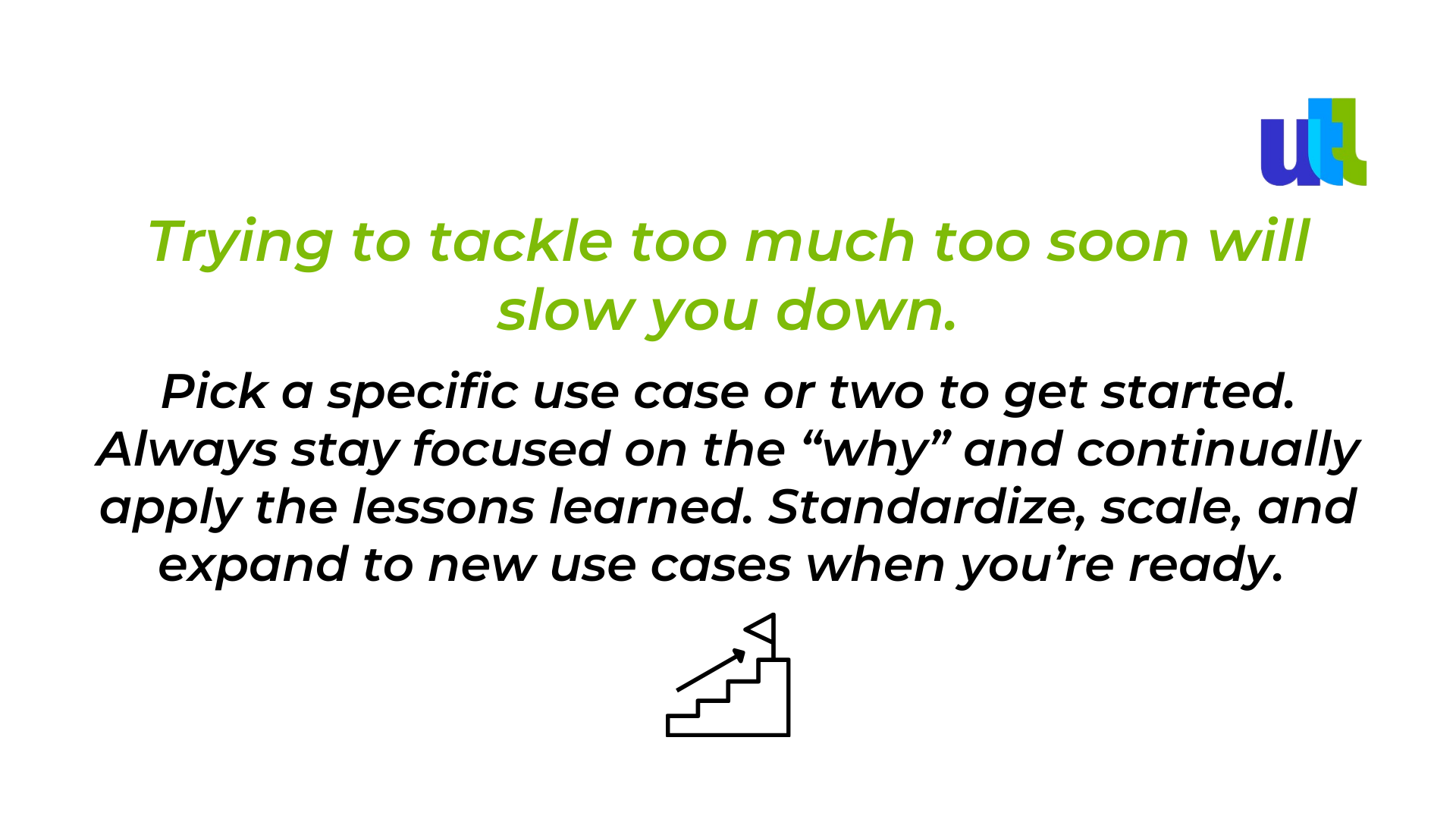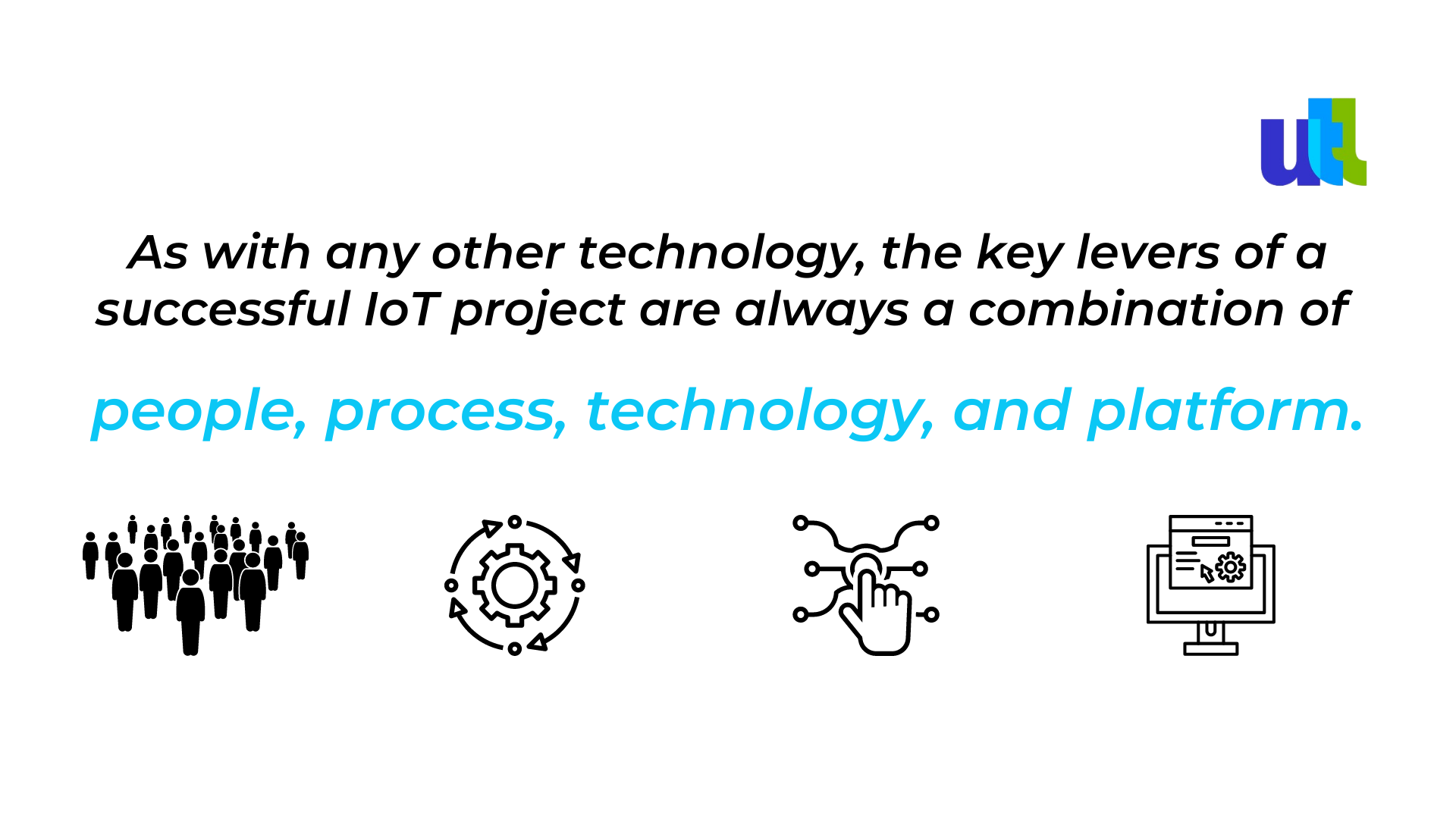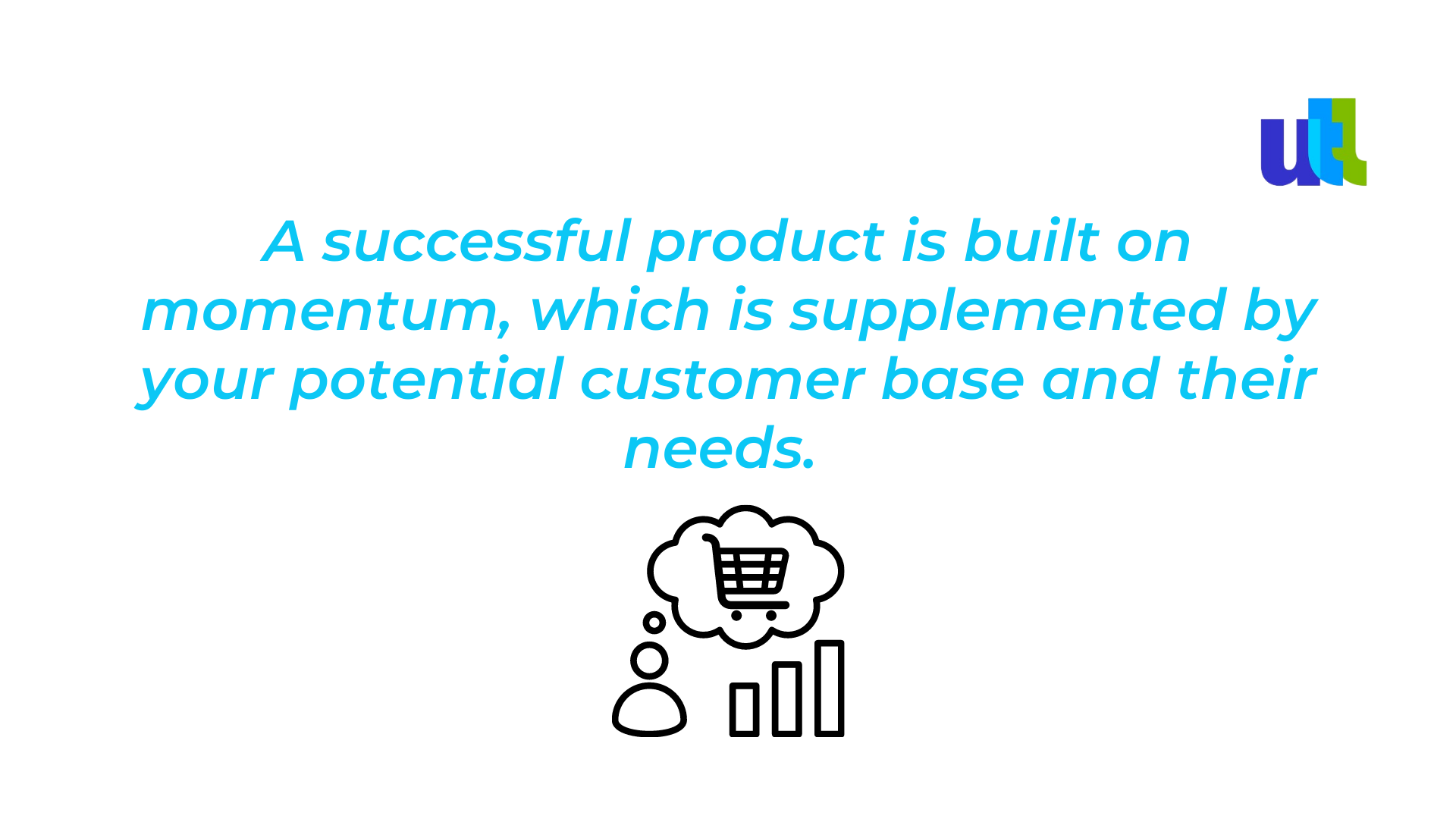The IoT is on the minds of many companies looking to add value to their service line and access the abundant data generated by IoT devices. However, without a clearly defined plan and a winning strategy, it’s likely that even with the most advanced technologies and big budgets a tech company’s IoT results won’t match their expectations. In this article, we will discuss 10 essential steps businesses should take if they’re planning to realize a successful IoT product.
From personal products such as smartphones and smartwatches to industrial uses such as ingestible diagnostic devices and intelligent farm equipment, the Internet of Things continues to expand and surprise with the benefits it offers to the companies that decide to adopt it.
With IoT, even the smallest part of a machine can be connected to a single protocol that sends messages, instructions, and alerts. In addition, all the data is collected and analyzed in a Cloud system that acts as a big, central “brain” of the plant.
Cut costs, increase sales, and boost productivity - these are just some of the targets that can be achieved with a well thought-through IoT project. Be it in manufacturing, retail, healthcare, or logistics, the Internet of Things (IoT) offers enterprises great potential across the board.
As of now, there are more than 10 billion active IoT devices across the globe. This certainly highlights that the technology itself is not something new. Still, only around one company in ten claims to have realized their IoT projects successfully. Most IoT projects fail due to uncertainties about data protection and IT security, a lack of know-how, and unsuccessful integration of the technology into existing IT environments.
There is still a lot of confusion and complexity regarding IoT, which may hinder your decision-making process and make it harder for you to adopt the technology. As with anything else, you need the proper time, skills, and a clear strategy to make your project a roaring success.
1. Get Clear On Your ‘Why’
Define the challenge you want to overcome using a digitization strategy. The reasons for embarking on an IoT project are many and varied. Cutting costs, offering new service models, or taking digital transformation forward are just a few of them. But don’t try to meet all the challenges at once.

2. Ensure your project’s initiatives align with your business objectives
To ensure that the investment in your first IoT project is sustainable you should consider how you can make long-term use of the IoT solution for your company.
Think big, start small, move fast.
3. Keep your employees involved
Digital transformation will only succeed if your team is actively involved in the training process, and they clearly understand why the technology is necessary. In the best case, trained management staff will lead employees toward the new project.
4. Check connectivity standards
An ever-increasing number of connected devices and rapidly changing connectivity standards have made networking a central aspect in any IoT project. It must be flexible and scalable to meet the requirements of a variety of present and future IoT use cases and device types. Different levels of authentication and security controls covered by built-in encryption and global identity management are not less important aspects to keep in mind.
5. Determine If There’s A Market For Your Product
To ensure an IoT project comes to fruition, a company needs to find or generate a suitable market for its IoT product. Secure financing is of key importance on the way to a product’s success.
6. Lean on design thinking
Start with a real business problem, use design thinking, and co-create the product with your real customers. Design thinking is a non-linear, iterative process that teams use to understand users, challenge assumptions, redefine problems, and create innovative solutions to prototype and test.

7. Ensure multiple security levels
Do it for your business and your customers. Hackers frequently target IoT devices because many of the first products to hit this space had very weak security protocols.
8. Define the most valuable data and the ways it will be processed
To succeed with IoT you need the right data. The most efficient approach is to infuse data from the already existing internal system records.
Next step: make sure you can manage the data. In IoT, data-driven insights and the associated decision-making are critical to sustaining efficiency, quality, throughput, safety, and more. This requires infrastructure readiness to accommodate the velocity, volume, value, variety, and veracity of the generated data.
9. Invest in external workforce
Companies should be realistic about the price of a great IoT project. One of the first steps toward a successfully deployed IoT project is thinking of an IoT project in terms of people—data analysts, product managers, and CTOs— and only then technology; if you have company cohesion, the rest will follow.
10. Continue developing after gathering the first feedback
Get your product tested multiple times and let the feedback and iteration be an important part of the development life cycle.

Wrapping Up
At a rapid pace, the market is being filled with connected devices that offer a new perspective on the use of long-familiar items and allow the creation of revolutionary new solutions. However, only a small part of these IoT devices becomes popular and widely used.
Working with clients, our IoT experts often have to answer what will help them rapidly develop and deploy smart devices and software solutions for IoT.
Based on our experience, agile methodology can deliver significant benefits. By breaking the project down into smaller sprints and following the 10 steps mentioned above, you can ensure the project stays on track and meets its goals. With Utah Tech Labs expert team you will never feel alone or confused along the way – contact us.
For free consultation on IoT framework click here.
----------------------------------------------------------------------------------------------
View the full presentation:
WRITTEN BY
Sofia Kutko
2023-07-10














































































































































































